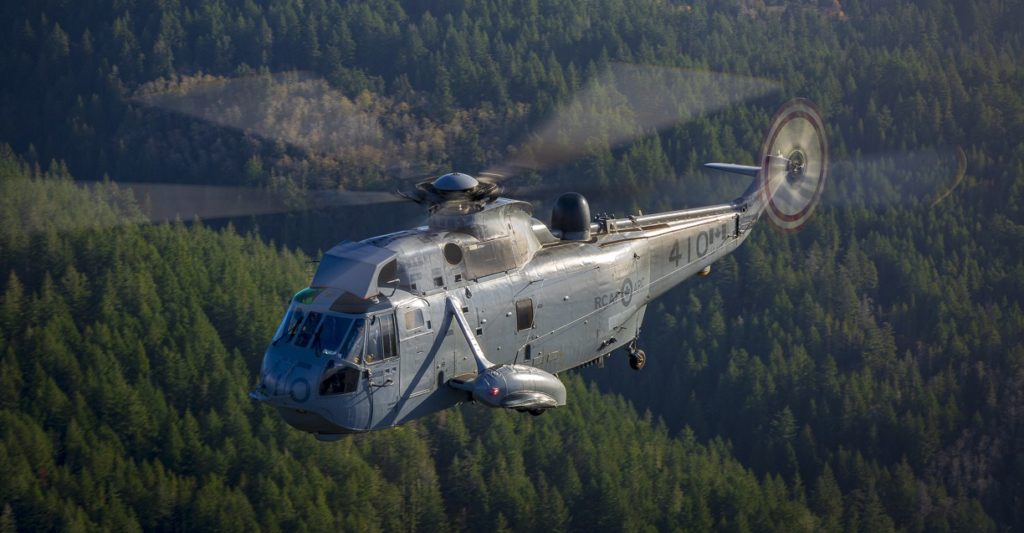9 mai 2019 | Local, Naval
Canadian Admiral: Kids Won't Join the Navy if Ships Don't Have Wi-Fi
Military.com | By Gina Harkins The next generation of Canadian sailors has grown up with phones in their hands, and they're not likely to give up their connectivity for life on the high seas. When working with industry partners designing the technology needed on future Royal Canadian Navy ships, leaders are putting internet connection high on the list, Rear Adm. Casper Donovan, director of the navy's general future ship capabilities, said Tuesday. "We have sailors who've grown up in a digital world -- they are digital," Donovan said at the annual Sea-Air-Space expo near Washington, D.C. "... When they embark on a Canadian surface combatant and we tell them to lock up their phone, they won't just go 'OK.' "They won't join the navy," he said. https://www.military.com/daily-news/2019/05/08/canadian-admiral-kids-wont-join-navy-if-ships-dont-have-wi-fi.html

